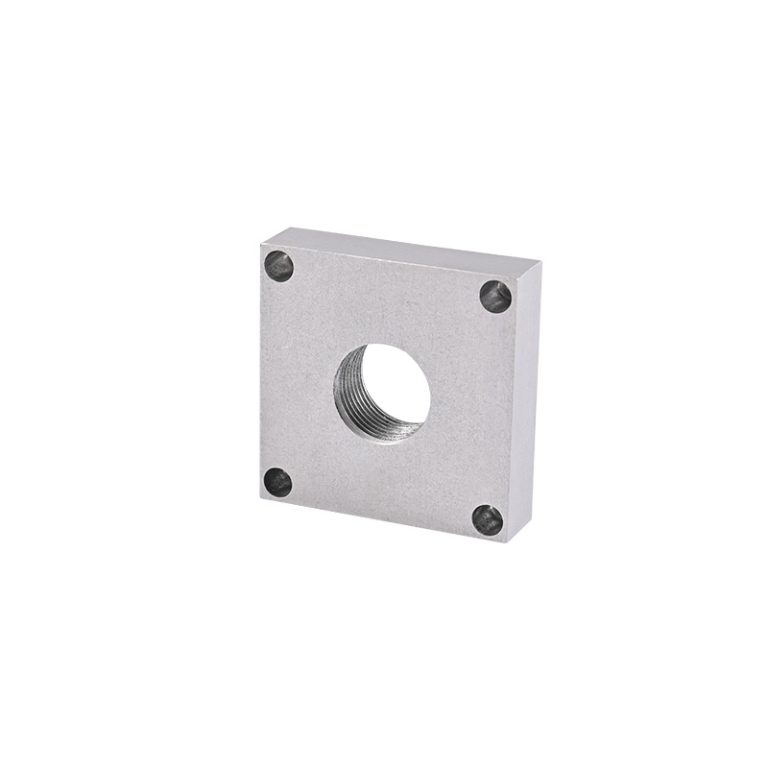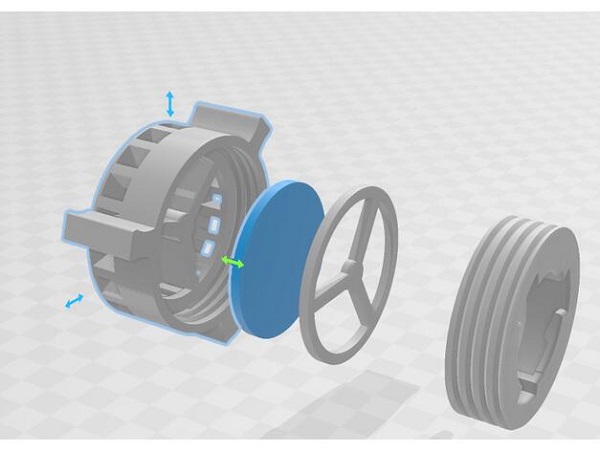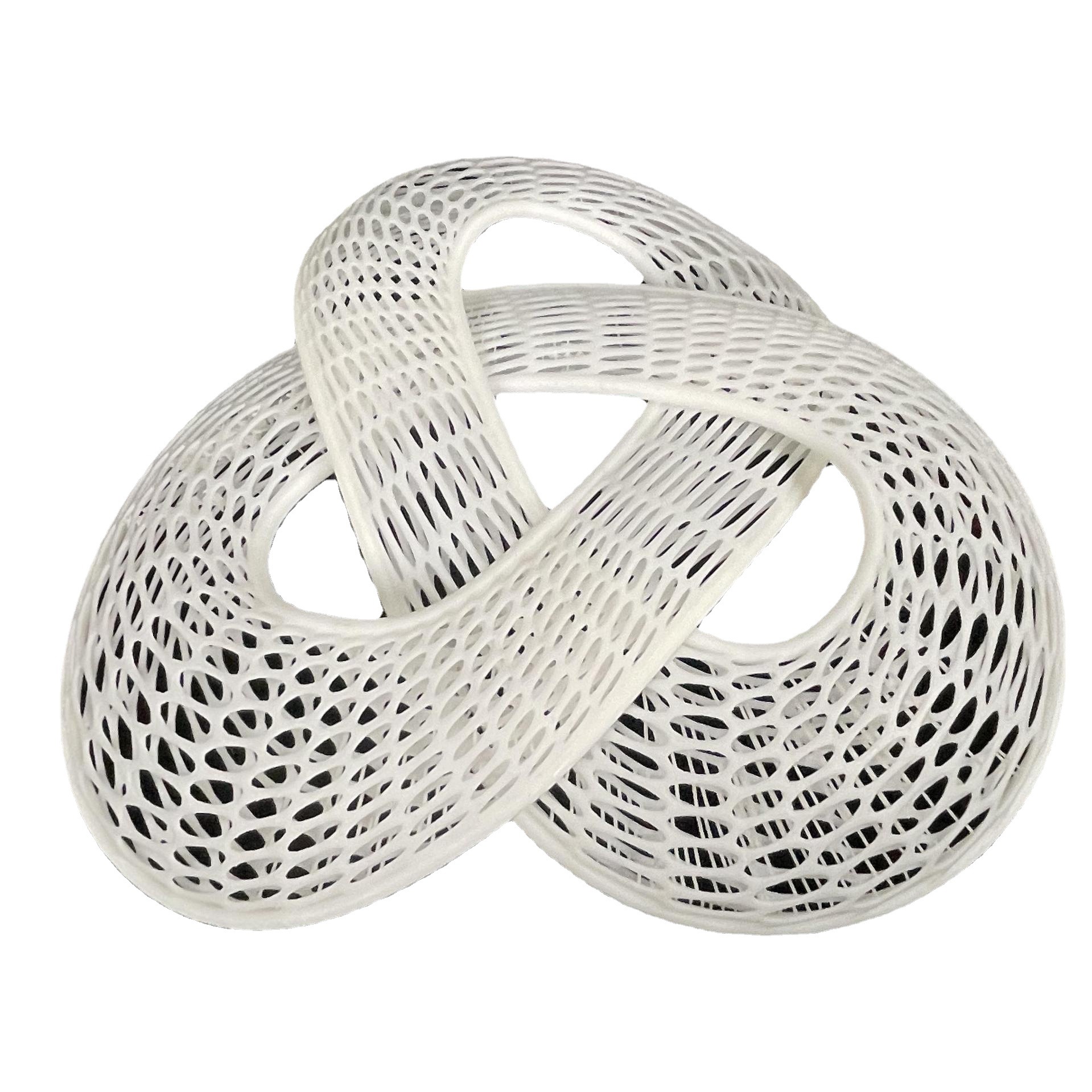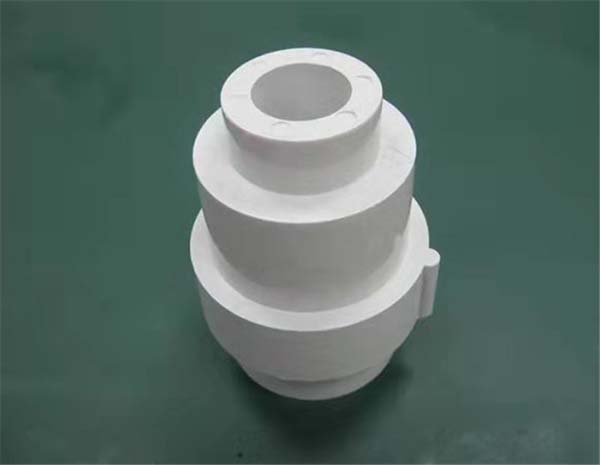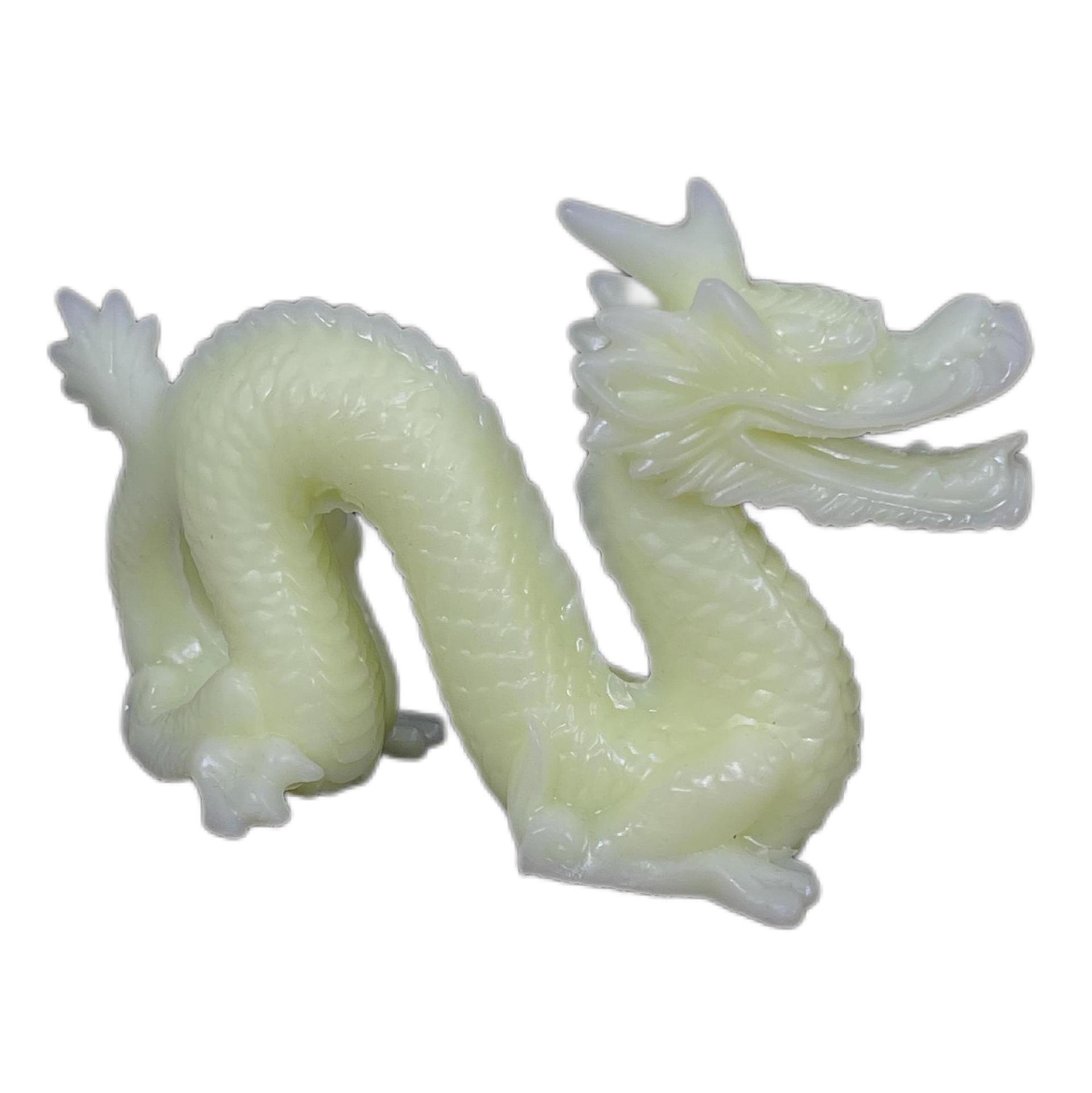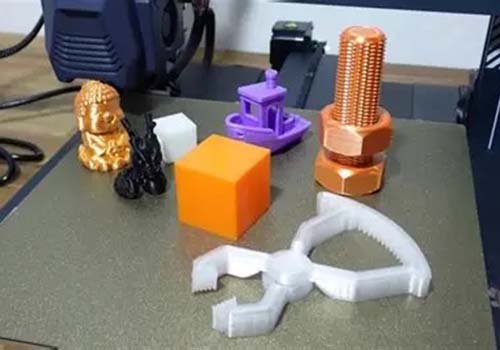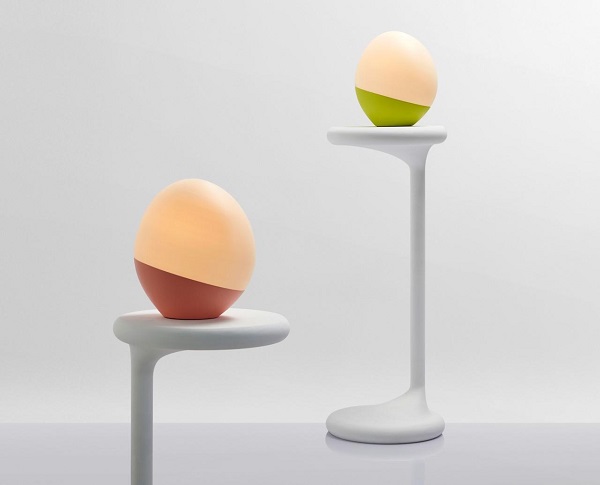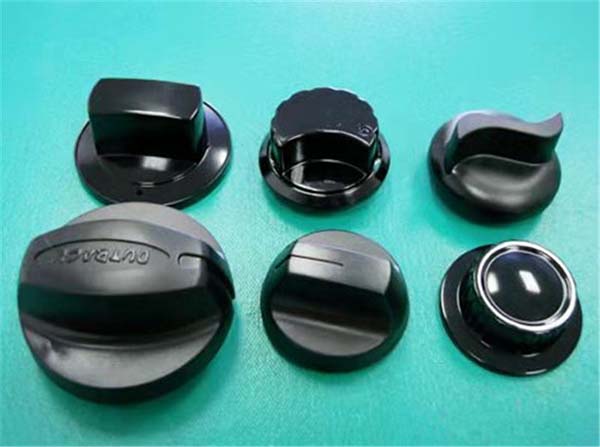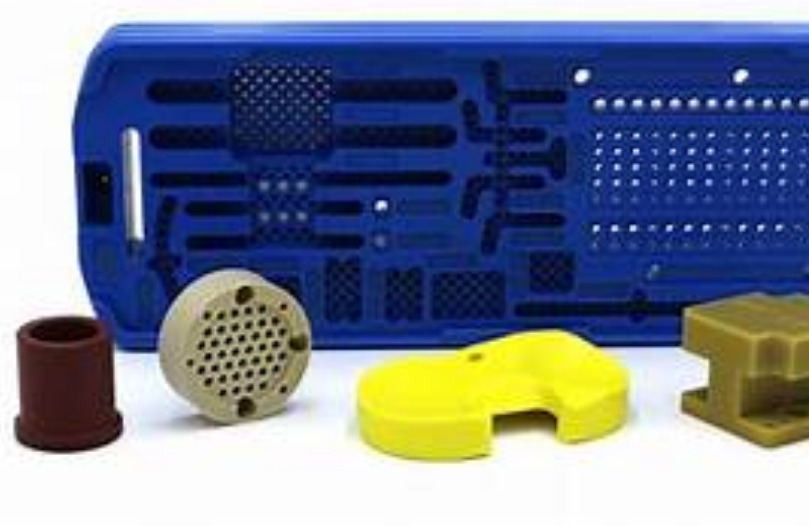Metal 3D printing services, also known as metal additive manufacturing, have transformed the way industries approach production. This innovative technology enables the creation of complex metal parts with high precision, offering advantages such as reduced material waste, faster production times, and the ability to produce unique geometries. These advantages make it highly applicable across a wide range of industries, including aerospace, automotive, medical, and industrial manufacturing.
Introduction to Metal 3D Printing
Definition and Principles
Metal 3D printing is an additive manufacturing process where metal parts are created layer by layer based on a digital design. Unlike traditional manufacturing methods, which involve cutting away material from a larger block, metal 3D printing builds the part up from a material such as metal powder or wire. This technique allows for intricate designs that are difficult, if not impossible, to achieve with conventional methods.
Historical Development
The idea of 3D printing dates back to the 1980s with the development of stereolithography (SLA). In the late 20th century, metal 3D printing emerged, initially facing challenges in cost and technical feasibility. However, advancements in materials science, machine engineering, and manufacturing techniques have made metal 3D printing more affordable and accessible, paving the way for its widespread adoption.
Advantages of Metal 3D Printing Services
Precision and Complexity
Metal 3D printing excels in producing highly intricate designs with precise accuracy. Traditional methods, such as CNC machining, often struggle with complex geometries, requiring multiple steps and tools. In contrast, metal 3D printing creates these shapes in a single pass, reducing the need for assembly and significantly improving design flexibility.
Material Efficiency
Additive manufacturing is highly material-efficient. Unlike subtractive processes that waste material by cutting it away, metal 3D printing only uses the necessary amount of material to build the part layer by layer. This reduces material waste, lowers production costs, and minimizes environmental impact.
Speed of Production
Metal 3D printing accelerates the production process. Parts that would typically take weeks to manufacture with traditional methods can often be produced in days or even hours using 3D printing. This rapid turnaround time is crucial for industries that require quick prototyping or custom solutions, enhancing overall efficiency and productivity.
Applications of Metal 3D Printing
Aerospace Industry
In aerospace, where precision, weight reduction, and high performance are critical, metal 3D printing is a game changer. The ability to produce lightweight yet strong components like engine parts, turbine blades, and structural elements is invaluable. 3D printing allows for the creation of complex internal lattice structures that reduce weight without sacrificing strength, a crucial factor in aerospace engineering.
Automotive Sector
The automotive industry benefits from metal 3D printing in several ways. Custom parts and prototypes can be produced quickly, reducing the time to bring new designs to market. Complex components such as exhaust manifolds, gearboxes, and suspension parts can be manufactured to be both lightweight and durable, leading to better vehicle performance and fuel efficiency. Additionally, 3D printing can help automotive manufacturers optimize production processes and reduce costs.
Medical Field
Metal 3D printing is revolutionizing the medical sector by enabling the production of custom implants, prosthetics, and surgical instruments tailored to the specific anatomy of patients. Titanium, commonly used in metal 3D printing, integrates well with bone tissue, improving implant performance and reducing recovery times. Additionally, personalized surgical guides created through 3D printing increase the precision of complex surgeries, enhancing outcomes.
Industrial Manufacturing
In industrial manufacturing, metal 3D printing is used for maintenance and spare parts production. When machinery breaks down, traditional manufacturing processes can result in long delays and expensive downtime. With 3D printing, replacement parts can be produced quickly on-demand, minimizing disruption to operations. This is particularly valuable in industries like heavy machinery or energy, where parts are often custom-designed and require rapid production.
Case Studies and Success Stories
Industry-Specific Benefits
- Boeing, a leader in aerospace, has successfully used metal 3D printing to manufacture complex aircraft parts, significantly reducing production costs while enhancing performance. This has allowed Boeing to produce parts that are lighter and stronger than those made with traditional methods.
- Ford, in the automotive sector, has incorporated 3D printing into its design and production processes. By creating prototypes and even functional parts with 3D printing, Ford has shortened its product development cycles, enabling faster time-to-market and greater innovation.
Technical Innovations
Continuous innovation in metal 3D printing is pushing the boundaries of what's possible. Key developments include:
- Multi-material printing, which allows different metals to be combined in a single part, enabling the creation of more complex and optimized components.
- Hybrid manufacturing, which combines traditional and additive processes to improve quality, reduce post-processing, and increase the efficiency of production.
- Advanced post-processing techniques, such as heat treatment and surface finishing, which enhance the mechanical properties and appearance of printed parts.
These advancements are driving the evolution of metal 3D printing and expanding its capabilities in manufacturing.
Conclusion
Metal 3D printing services offer significant advantages over traditional manufacturing methods. The technology’s ability to produce precise, complex, and customized parts makes it ideal for industries such as aerospace, automotive, medical, and industrial manufacturing. With material efficiency, speed of production, and flexibility in design, metal 3D printing is revolutionizing how companies approach product development and manufacturing. As the technology continues to advance, its applications and benefits are expected to grow, leading to even more innovation and efficiency across various sectors.
FAQs
What materials can be used in metal 3D printing?
Metal 3D printing can accommodate various materials, including:
- Titanium: Widely used in aerospace and medical applications for its high strength-to-weight ratio.
- Stainless Steel: Commonly used in medical implants for its biocompatibility.
- Aluminum: Lightweight and used in automotive and aerospace industries.
- Cobalt-Chrome Alloys: Ideal for applications requiring high strength and wear resistance, such as turbine blades.
- Nickel-based Superalloys: Used for high-temperature environments like aerospace engine components.
How does metal 3D printing compare to traditional CNC machining?
Metal 3D printing and CNC machining are both used for producing metal parts, but they differ in their methods. CNC machining is a subtractive process, where material is removed from a solid block to form the part. Metal 3D printing, on the other hand, is an additive process, where material is added layer by layer. 3D printing allows for more complex geometries and is more efficient in terms of material use, especially for low-volume or custom parts. CNC machining is often faster for mass production but can waste material and struggle with complex designs.
What are the potential limitations of metal 3D printing?
Despite its advantages, metal 3D printing has some limitations:
- Initial Setup Costs: The high cost of metal 3D printing machines and materials can be prohibitive for some companies.
- Speed for Mass Production: While ideal for custom parts or low-volume production, 3D printing can be slower than traditional methods for high-volume manufacturing.
- Post-Processing: Printed parts often require additional finishing processes such as heat treatment, surface polishing, or support removal, which can add time and cost.
- Material Properties: The mechanical properties of 3D printed parts may differ from traditionally manufactured parts, though ongoing research is addressing this challenge.
These challenges are being addressed as the technology evolves, and they should not overshadow the significant advantages offered by metal 3D printing for many applications.
